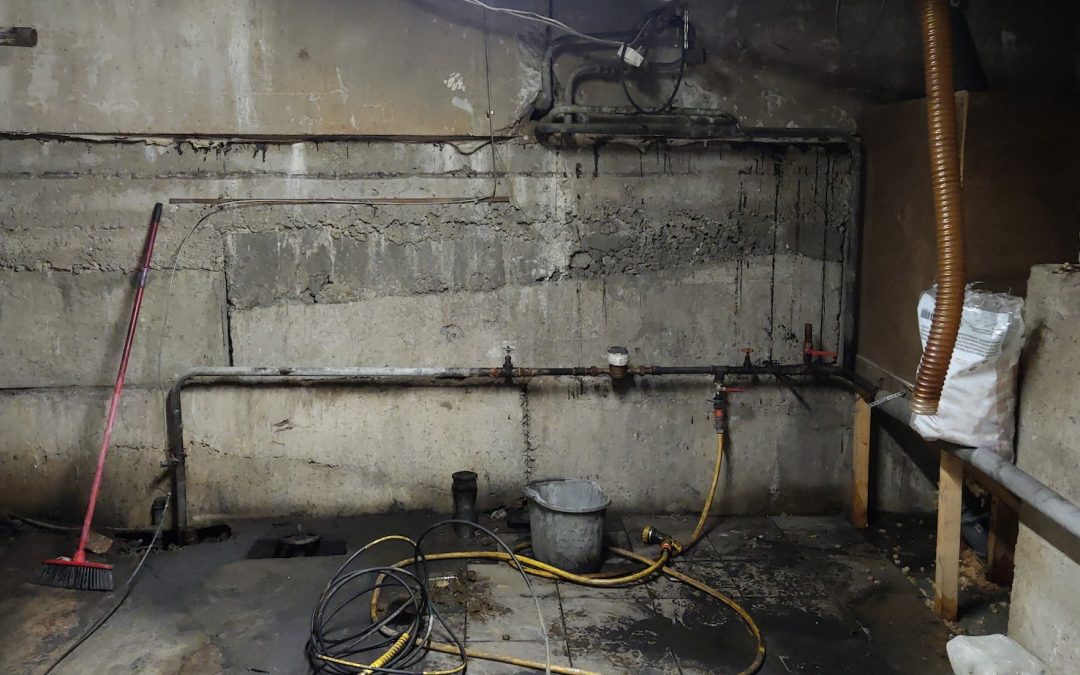Having a wet basement is a major issue for homeowners, as water can cause mold, mildew, and other dangerous issues. In addition, it prevents the basement from being used as a living space or storage area. Luckily, there are many ways to transform a wet basement into a dry usable space. In this case study, we’ll look at how one homeowner was able to do just that.
Assessing the Situation
Before taking any steps to transform the wet basement into a dry usable space, it’s important to assess the situation. This includes looking for any signs of water damage or problems with drainage. It’s also important to determine the source of the water in the basement and make sure it is identified and fixed. Once these issues have been addressed, then it’s time to begin working on transforming the wet basement.
At this point, it’s important to evaluate any existing drainage systems and determine which methods would be best for keeping the basement dry. This could include installing new drainage systems or making repairs to existing ones. It’s also important to check for any leaks in the walls and floors of the basement and make any necessary repairs.
Installing a Waterproofing System
Once the cause of the water damage has been determined and any existing drainage systems have been evaluated, it’s time to begin waterproofing the basement. This can be done by installing a waterproofing system such as sump pumps or French drains. It’s important to use quality materials and make sure they are installed correctly in order to ensure they are effective.
In some cases, homeowners may need to install additional waterproofing systems such as sealants or membranes. These can help keep water out of the basement by creating an extra layer of protection between the foundation and the interior walls of the basement. It’s important to follow manufacturer instructions when applying these materials in order to ensure they are effective.
Adding Insulation
In order to keep moisture out of the basement and help control humidity levels, it’s important to add insulation. This can be done by adding insulation panels or rolls between floor joists in order to stop air from entering or escaping from beneath the home. It’s also important to insulate walls using rigid foam boards or spray foam insulation.
Adding insulation helps keep temperatures inside at comfortable levels year-round and helps protect against moisture buildup in basements by preventing warm air from entering through cracks in walls or floors.
Making Finishing Touches
Once all of these steps have been taken, it’s time to make some finishing touches on your newly transformed basement. This could include painting or staining walls or refinishing floors with tiles or hardwood flooring.
It’s also important to add proper ventilation so that air is able to circulate properly throughout the space. This can be done with ceiling fans or by installing windows that open up into outside areas.
Hiring Professionals
If you’re feeling overwhelmed by all of these steps, don’t worry! There are professionals who specialize in waterproofing basements who can help you every step of the way. Companies like PermaDry Waterproofing offer comprehensive services that include everything from assessing your situation and fixing existing drainage systems, to waterproofing your home and making finishing touches.
Their experienced technicians will work with you every step of the way so you can rest assured knowing that your home is safe from water damage and ready for use as a living space or storage area.
Conclusion
Transforming a wet basement into a dry usable space is no small task but with careful planning and help from professionals like those at PermaDry Waterproofing, even seemingly impossible tasks become manageable! With their help, you can easily turn your wet basement into a safe haven you’ll love spending time in!

